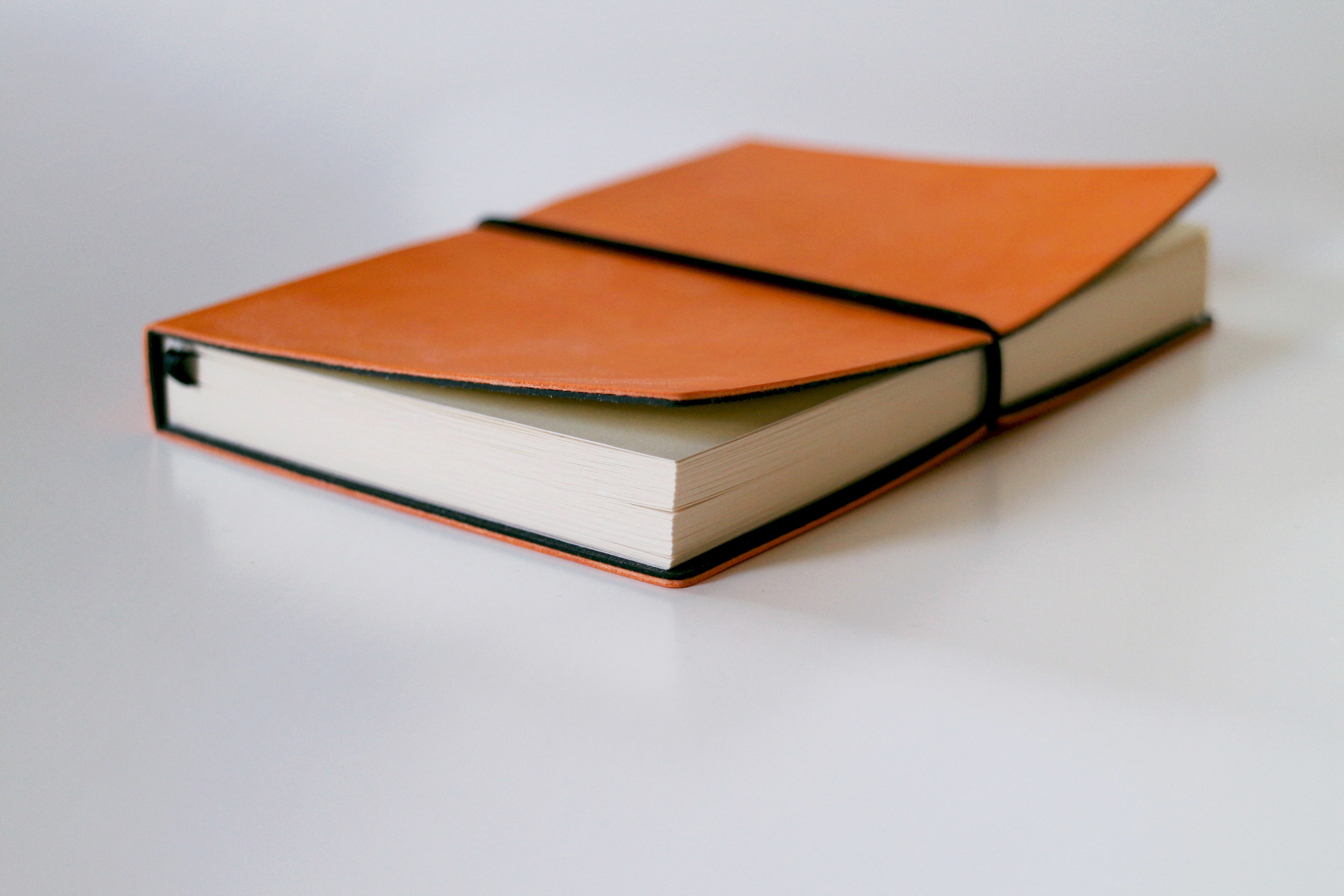Although PTE has been in the Chinese Patent Law since the 4th Amendment of the law came into effect June 1, 2021, we didn’t really know the exact details of how it operated until the Implementation Regulations and Examination Guidelines (“Implementation Regulations”) were finally released in December 2023. New Rules 77-84 in the Implementation Regulations discuss patent term compensation due to regulatory delay (“PTE”). In this article, we consolidate our summary about PTE based on these latest updates. Highlights Patent Term Extension (PTE) Article 42.3 of the Patent Law states that “[i]n order to compensate for the time taken for the review and approval process before the marketing of a…
-
-
Everything you need to know about Patent Term Adjustment (PTA) in China
We previously discussed patent term compensation for patent office delay (‘Patent Term Adjustment’ or ‘PTA’) when such new system was introduced in the Fourth Amendment of the Chinese Patent Law (2020), as well as in the different versions of the Draft Examination Guidelines released in 2021 and 2022. In this article, we consolidate everything you need to know based on the latest updates regarding PTA in the Implementation Regulations and Examination Guidelines, which were just released in late 2023. Patent Term Adjustment (PTA) Article 42.2 of the Patent Law states that “[w]here a patent right for an invention is granted after the expiration of four years from the filing date and after…
-
Miss the 12-month Filing Deadline? China Finally Allows Patent Applicants to Restore, Add, or Correct a Priority Claim
Three major ‘remedial’ systems taken from the PCT Regulations have been introduced in the third revision of the Implementation Regulations of the Chinese Patent Law in 2023 (hereinafter referred to as the “Implementation Regulations”). We previously discussed one of these remedial systems, Incorporation by Reference based on Rule 45 of the Implementation Regulations, which allows an applicant to rectify missing documents or parts of the document two months from the filing date. In this article we will be focusing on the other two new systems—the restoration of the right of priority and the addition or correction of a priority claim, namely new Rules 36, 37 and 128. Prior to the…





